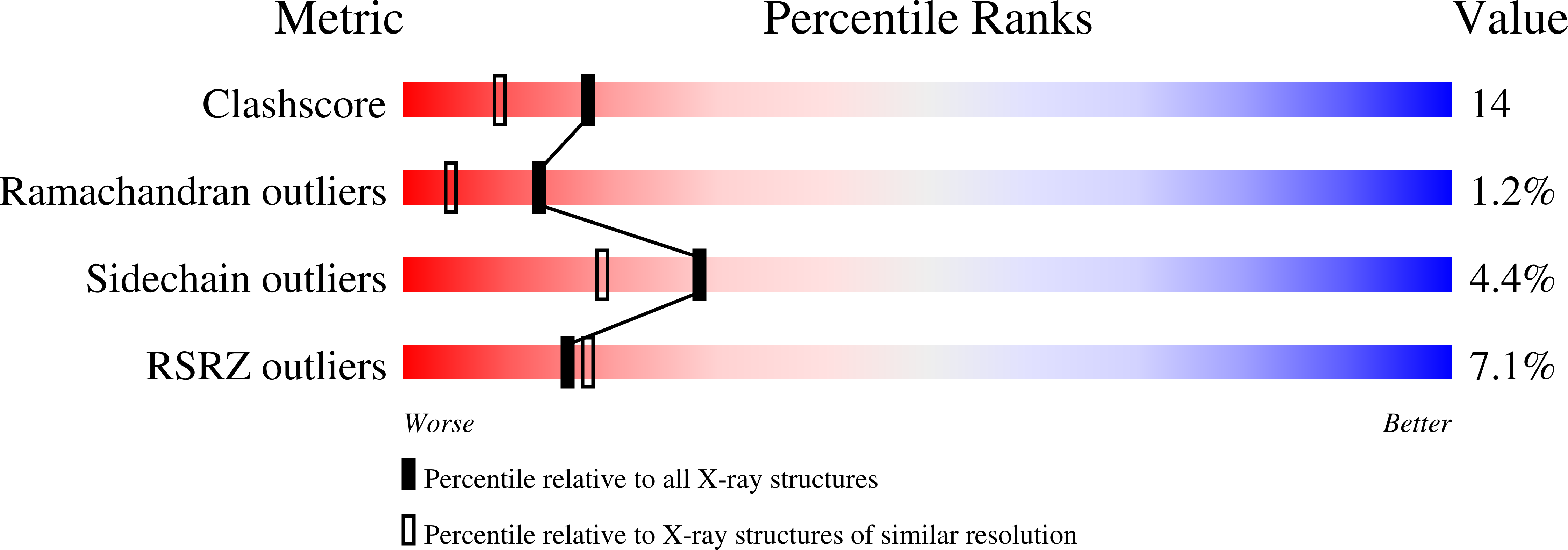
Deposition Date
2001-08-21
Release Date
2002-03-20
Last Version Date
2023-08-16
Entry Detail
PDB ID:
1JTM
Keywords:
Title:
Alternative Structures of a Sequence Extended T4 Lysozyme Show that the Highly Conserved Beta-Sheet has Weak Intrinsic Folding Propensity
Biological Source:
Source Organism:
Enterobacteria phage T4 (Taxon ID: 10665)
Host Organism:
Method Details:
Experimental Method:
Resolution:
1.90 Å
R-Value Free:
0.26
R-Value Work:
0.21
R-Value Observed:
0.21
Space Group:
P 32 2 1


